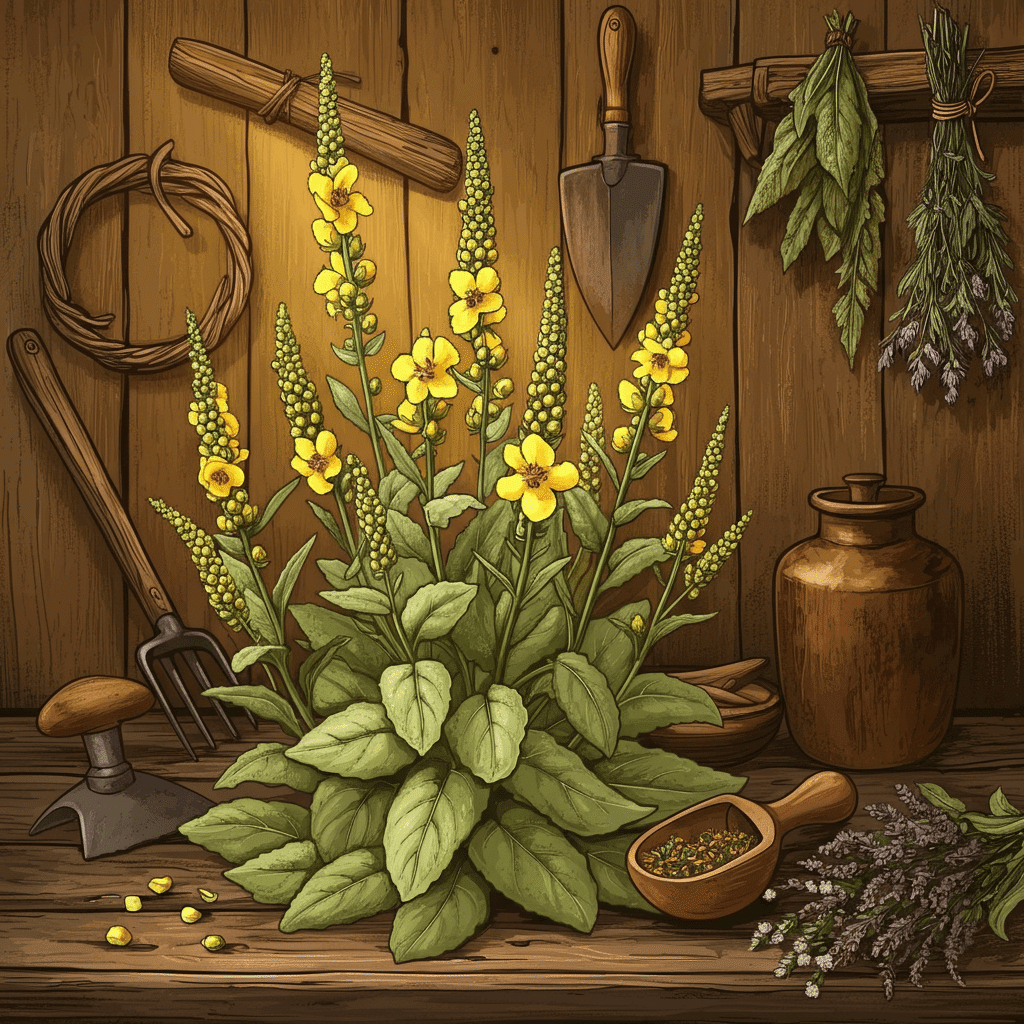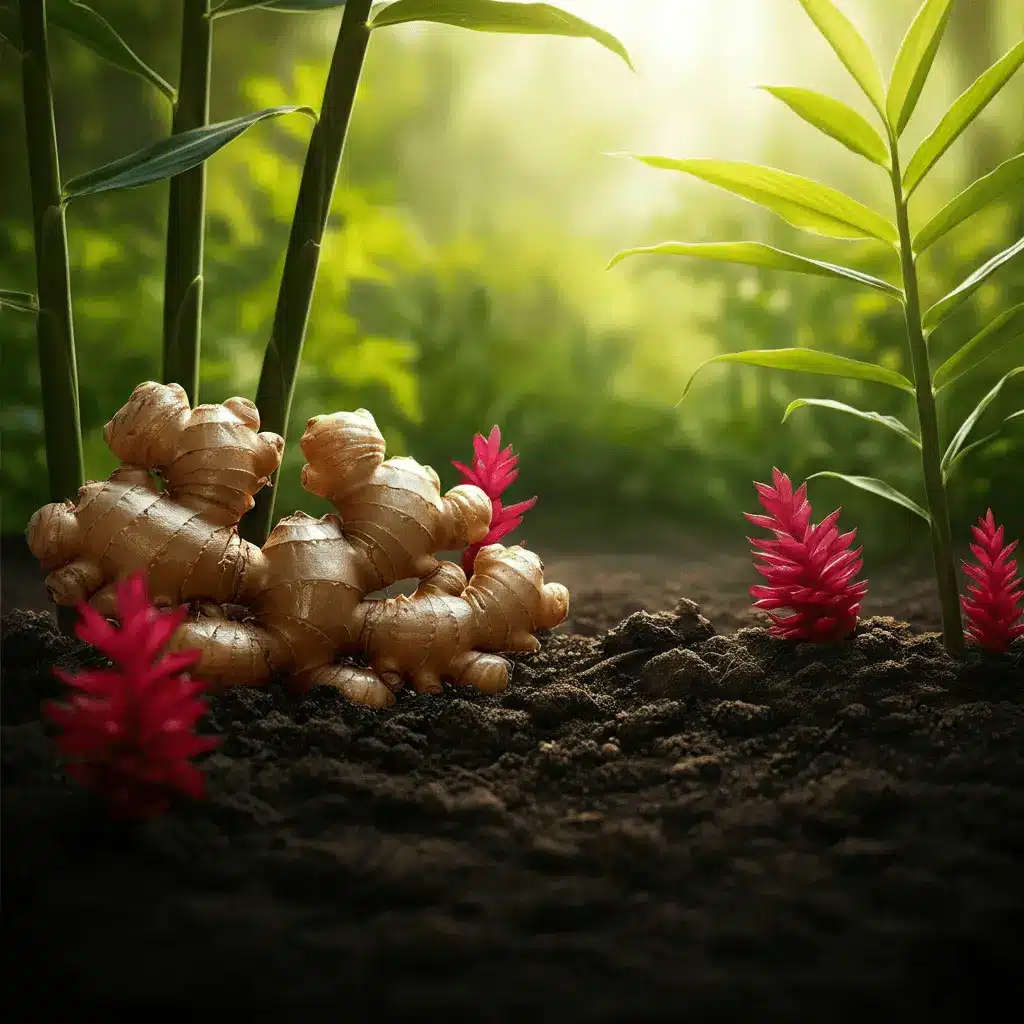Have you ever stumbled upon tall plants with fuzzy leaves along a roadside or meadow and wondered what they were? That might just be mullein—known as “gordolobo” in Spanish—an ancient medicinal herb that’s been cherished across cultures for centuries. From soothing coughs to repelling insects, mullein is versatile, powerful, and surprisingly easy to incorporate into your life.
If you’re an herbal enthusiast or a homesteader looking to expand your knowledge of nature’s remedies, this guide covers everything you need to know about gordolobo. You’ll learn its history, practical applications, and even how to prepare it at home.
What Is Gordolobo? A Quick Look at Mullein’s History
Mullein (Verbascum thapsus) is a towering, biennial plant often recognized by its soft, velvety leaves and vibrant yellow flower stalks. It hails from Europe and Asia, but it has made itself at home in North America too. For thousands of years, various cultures have valued gordolobo for its remarkable medicinal properties.
The ancient Greeks used it for respiratory support, while Native American tribes employed it to ease inflammation and discomfort. Mexican traditions still call on gordolobo for treating sore throats and chest congestion. Even today, its uses continue to grow, blending traditional wisdom with modern herbal medicine.
The Health Benefits of Gordolobo
Mullein is more than just a pretty wildflower—it’s a powerhouse of medicinal properties used to support overall well-being.
1. Supports Respiratory Health
One of mullein’s most popular benefits lies in its ability to soothe the respiratory system. The leaves and flowers are rich in compounds that help relax airways, reduce inflammation, and encourage clearer breathing. It’s often used to address conditions like coughs, bronchitis, asthma, and even seasonal allergies.
2. Anti-Inflammatory Properties
Gordolobo is prized for its natural anti-inflammatory benefits. Whether dealing with skin irritation or internal inflammation, mullein can help calm the body, making it ideal for soothing sore throats and swollen tissues.
3. Mild Analgesic Effects
Mullein also offers natural pain relief. Its flowers can be infused into oil to create a gentle remedy for earaches and joint discomfort, making it a favorite among families looking for holistic alternatives.
Harvesting and Preparing Gordolobo
Interested in adding mullein to your herbal medicine cabinet? Harvesting gordolobo yourself is a rewarding and simple process that connects you to nature.
Sustainable Harvesting Tips
To gather mullein responsibly, look for plants growing in clean, pollution-free areas—away from roadsides or treated fields. During the first year of growth, focus on collecting the leaves, which are smaller and more tender. By the plant’s second year, its tall flower stalk emerges, and you can harvest the vibrant yellow blooms.
Make sure not to overharvest! Leave plenty behind for pollinators and ensure the plant can reseed naturally.
Drying and Storing Your Harvest
Once you’ve gathered your gordolobo, dry it thoroughly by laying the leaves and flowers on a clean screen or rack in a warm, well-ventilated, shaded area. Once crisp and fully dried, store the plant material in airtight jars away from sunlight and moisture. Properly stored mullein can last up to a year.
How to Use Gordolobo in Herbal Remedies
Mullein is incredibly versatile and can be transformed into teas, tinctures, and oils to treat a variety of common ailments.
Mullein Tea
Mullein tea is a simple yet effective way to enjoy its respiratory benefits.
- Ingredients: 1–2 teaspoons of dried mullein leaves or flowers and 1 cup of boiling water.
- Instructions: Steep the herb in hot water for 10 minutes, strain using a fine mesh (mullein hairs can irritate), and enjoy warm for soothing effects.
Mullein Oil for Earaches
Gordolobo flowers infused in olive oil make a traditional remedy for mild ear discomfort.
- Ingredients: Fresh mullein flowers and olive oil.
- Instructions: Add flowers to a clean jar, cover them with olive oil, and leave it to infuse in a sunny spot for 2–4 weeks. Strain it into a dark glass bottle and use it as needed.
Mullein Tincture
For concentrated benefits, create a tincture using dried mullein leaves and high-proof alcohol. Tinctures are easy to store and convenient to use.
Gordolobo on the Homestead
Beyond its medicinal uses, mullein serves many practical functions for homesteaders looking to live more sustainably.
Natural Pest Control
The leaves of gordolobo can act as an insect repellent. Crushed leaves, placed around gardens or compost bins, deter pests while remaining safe for the environment.
Dye Plant
Mullein flowers also produce a natural yellow dye. The pigment has been used for centuries to brighten fabrics and craft projects, creating gorgeous shades of sunny yellow.
Staying Safe with Mullein
Although gordolobo is considered safe for most people, there are a few precautions to keep in mind.
- Allergic Reactions: Some individuals may experience skin irritation or mild allergies. Test a small amount first to ensure comfort.
- Pregnancy and Breastfeeding: Consult a healthcare provider before use during pregnancy or while nursing.
- Dosage: Avoid overuse. Follow recipes or recommendations closely to ensure proper dosage.
Gordolobo’s Hidden Potential
Gordolobo is more than an herb—it’s a connection to centuries of healing traditions, practical homesteading tips, and the beauty of self-reliance. Whether you’re sipping mullein tea or exploring its role in sustainable living, there’s always something new to discover about this remarkable plant.
Why not give gordolobo a try? With its wide range of benefits and uses, it’s a versatile addition to any herbal enthusiast’s or homesteader’s toolkit. Just remember to use it responsibly and respectfully, respecting the role it plays in both ecosystems and human health.
Happy harvesting!





Thank you for this very useful information on Gordolobo. I’ve had this tea and my cough was gone! I call it the miracle herb!